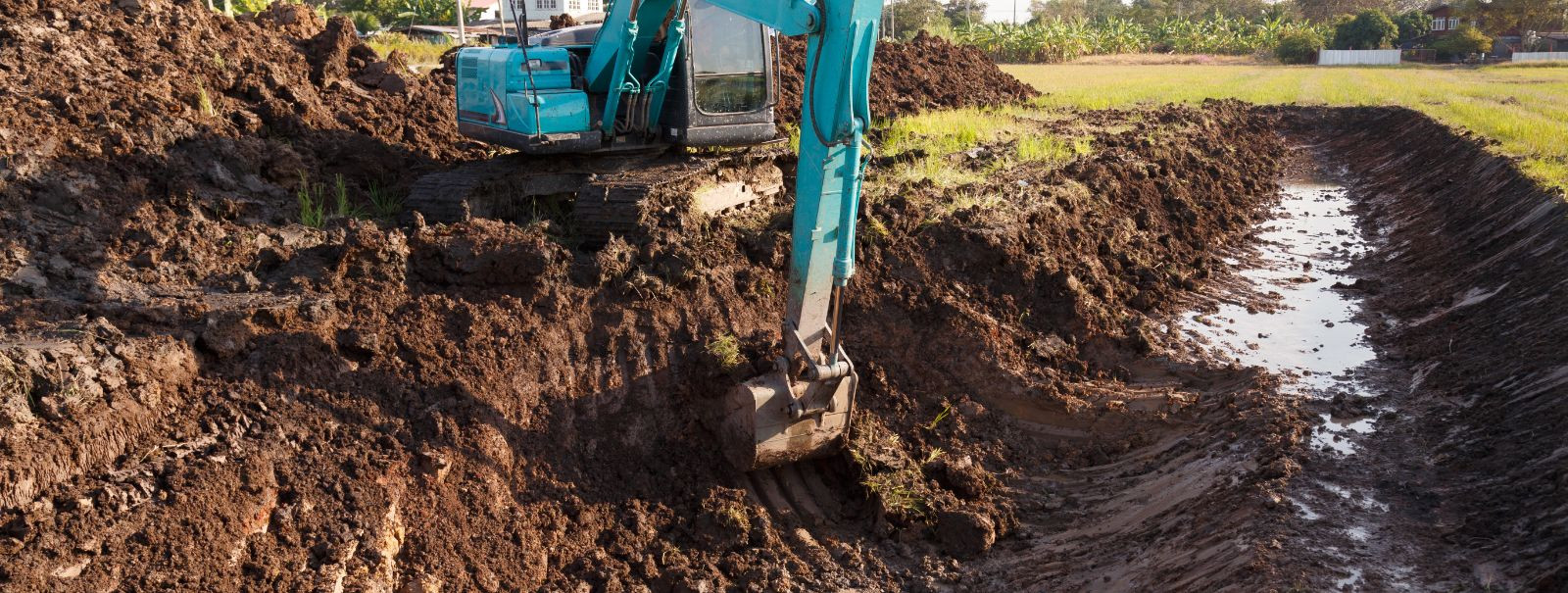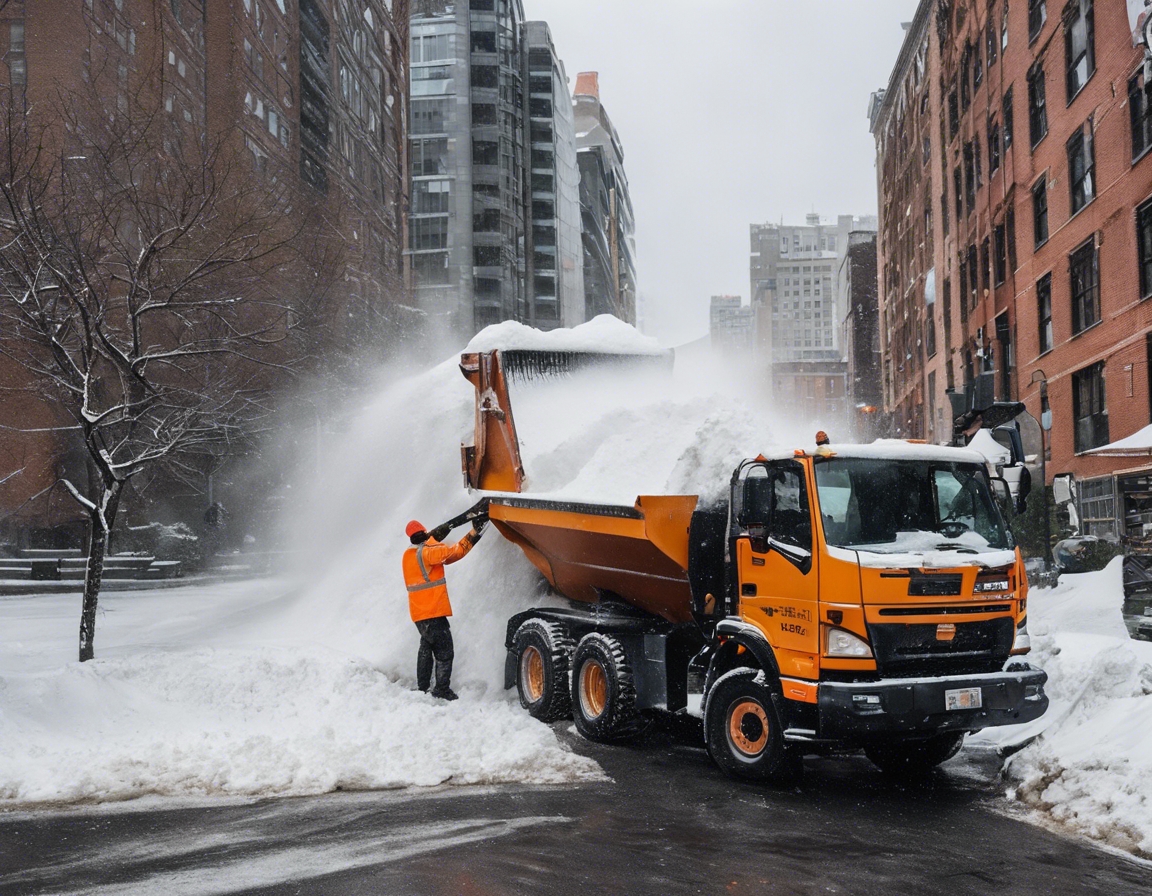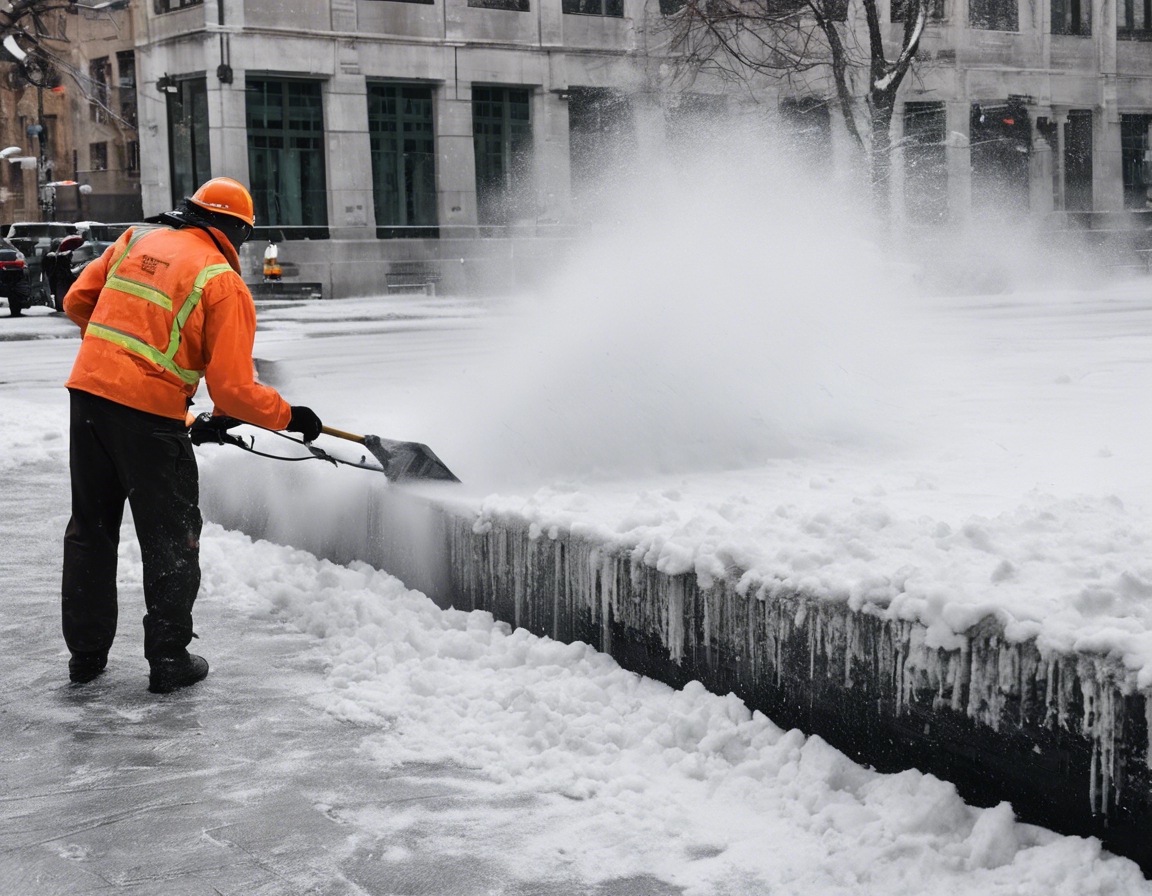The ultimate guide to preparing your site for construction
Site preparation is a critical first step in the construction process that sets the stage for a successful build. It involves a series of actions to ensure that the land is ready to support the construction project, from the initial assessment to the final inspection. Proper site preparation can prevent costly delays, ensure compliance with regulations, and create a safe working environment.
The primary objectives of site preparation include establishing a solid foundation, ensuring safety, and optimizing the construction process. These goals are achieved through careful planning, assessment, and execution of various tasks such as clearing, grading, and stabilizing the site.
Initial Site Assessment
Before any physical work begins, a thorough evaluation of the terrain and soil conditions is essential. This assessment helps to identify any challenges that may arise due to the topography or soil composition, such as the need for extensive grading or specialized foundation work.
Environmental sustainability is a priority for our clients. During the initial assessment, potential environmental concerns such as the presence of protected species, wetlands, or contamination must be identified and addressed to ensure compliance with environmental regulations and to minimize the impact on the ecosystem.
Accessibility for heavy machinery and the delivery of materials is a crucial factor in site preparation. The assessment should include planning for access roads, storage areas, and the logistics of moving equipment and materials to and from the site.
Site Planning and Design
A detailed site plan is the blueprint for the entire site preparation process. It outlines the location of structures, roads, utilities, and other critical elements. This plan is used to guide the clearing, excavation, and grading work, ensuring that all actions align with the project's overall design and objectives.
Incorporating sustainability into the site design is not only environmentally responsible but also can lead to long-term cost savings. This includes considerations for green infrastructure, energy efficiency, and the use of sustainable materials.
Before any work can commence, it is essential to secure all necessary permits and approvals from local authorities. This step ensures that the project complies with all zoning laws, building codes, and environmental regulations.
Site Clearing and Excavation
The first physical task in site preparation is clearing the land of vegetation, debris, and any existing structures. This process creates a clean slate for construction and helps to prevent any obstacles from interfering with the build.
Excavation and grading are performed to shape the land according to the site plan. These techniques are used to create a level base for the foundation, install drainage systems, and prepare the land for infrastructure.
Proper handling and disposal of excavated material are vital to maintaining a clean and safe worksite. This includes sorting materials for recycling or reuse and ensuring that any waste is disposed of in accordance with environmental regulations.
Soil Stabilization and Erosion Control
Soil stabilization is necessary when the existing soil is not suitable to support the structure. Techniques such as compaction, the addition of stabilizing agents, or the use of geotextiles can be employed to enhance soil strength and durability.
Erosion control measures are crucial to prevent soil loss and sedimentation, especially in areas with harsh weather conditions. These measures may include the use of silt fences, sediment basins, and the strategic placement of vegetation.
Utility Installation and Infrastructure
Utility installation is a key component of site preparation. Planning for water, sewage, and electrical systems must be done early to ensure that these critical services are available when construction begins.
Proper drainage and stormwater management are essential to prevent flooding and water damage. This involves the design and installation of drainage systems that can handle the expected water flow and stormwater runoff.
Final Preparations Before Construction
Before construction can start, temporary facilities such as offices, restrooms, and storage areas need to be set up. Additionally, safety measures including signage, barriers, and personal protective equipment must be in place to protect workers and the public.
The final step in site preparation is a comprehensive site inspection to ensure that all preparations meet the project's specifications and standards. Any necessary adjustments should be made before construction begins to avoid any issues during the build.






Comments (0)